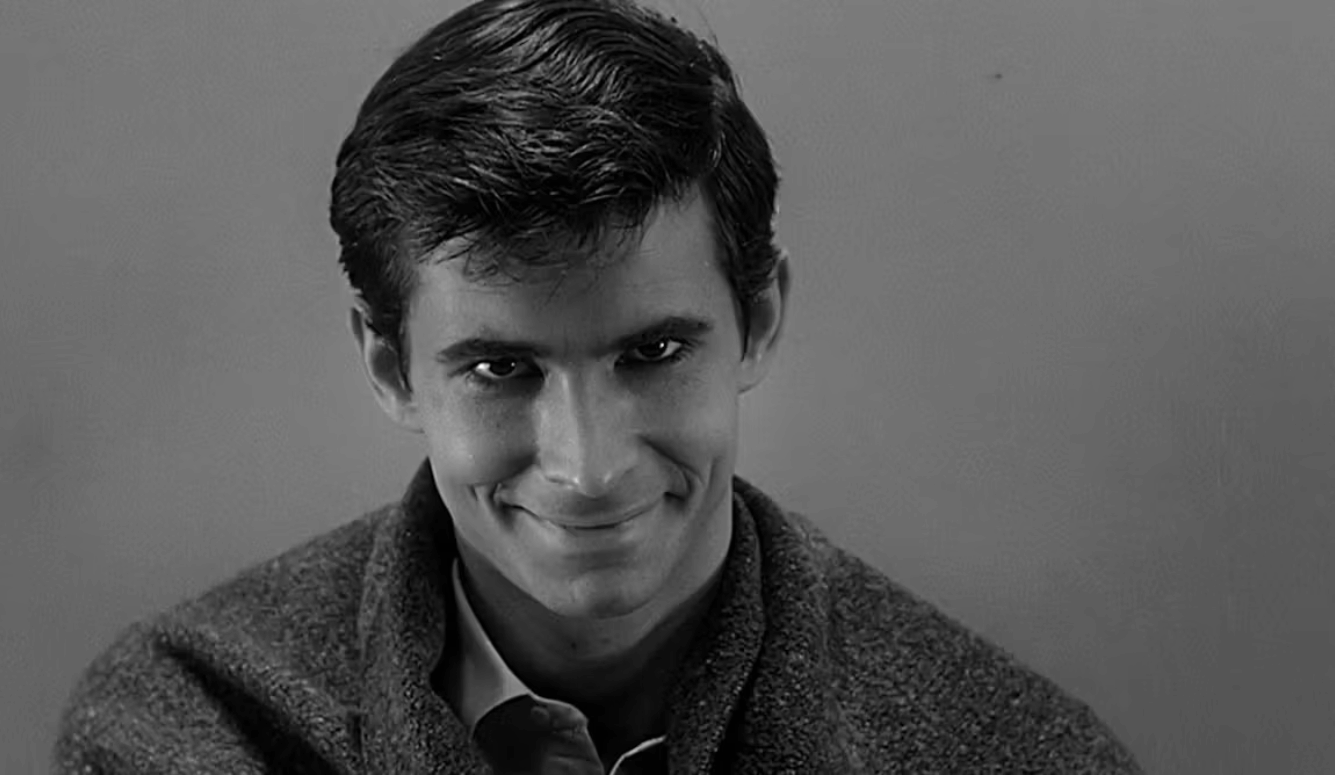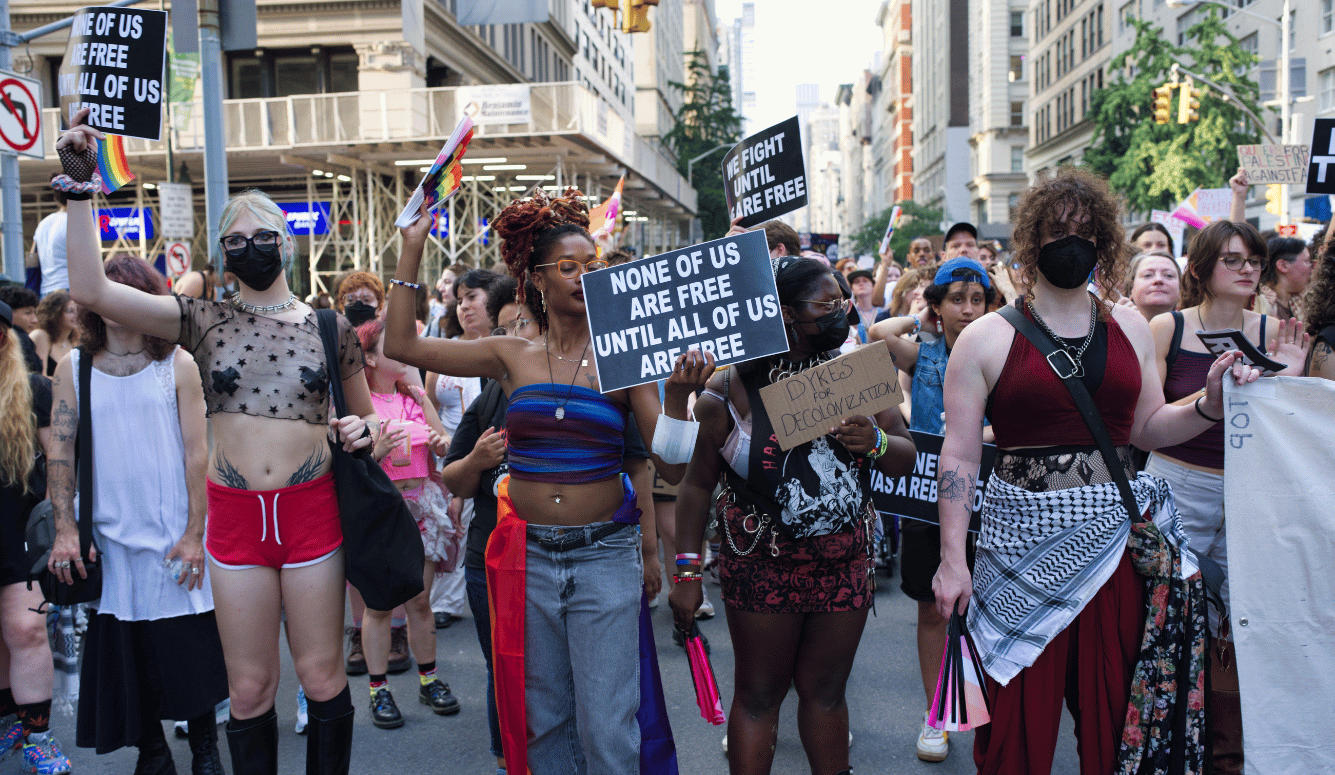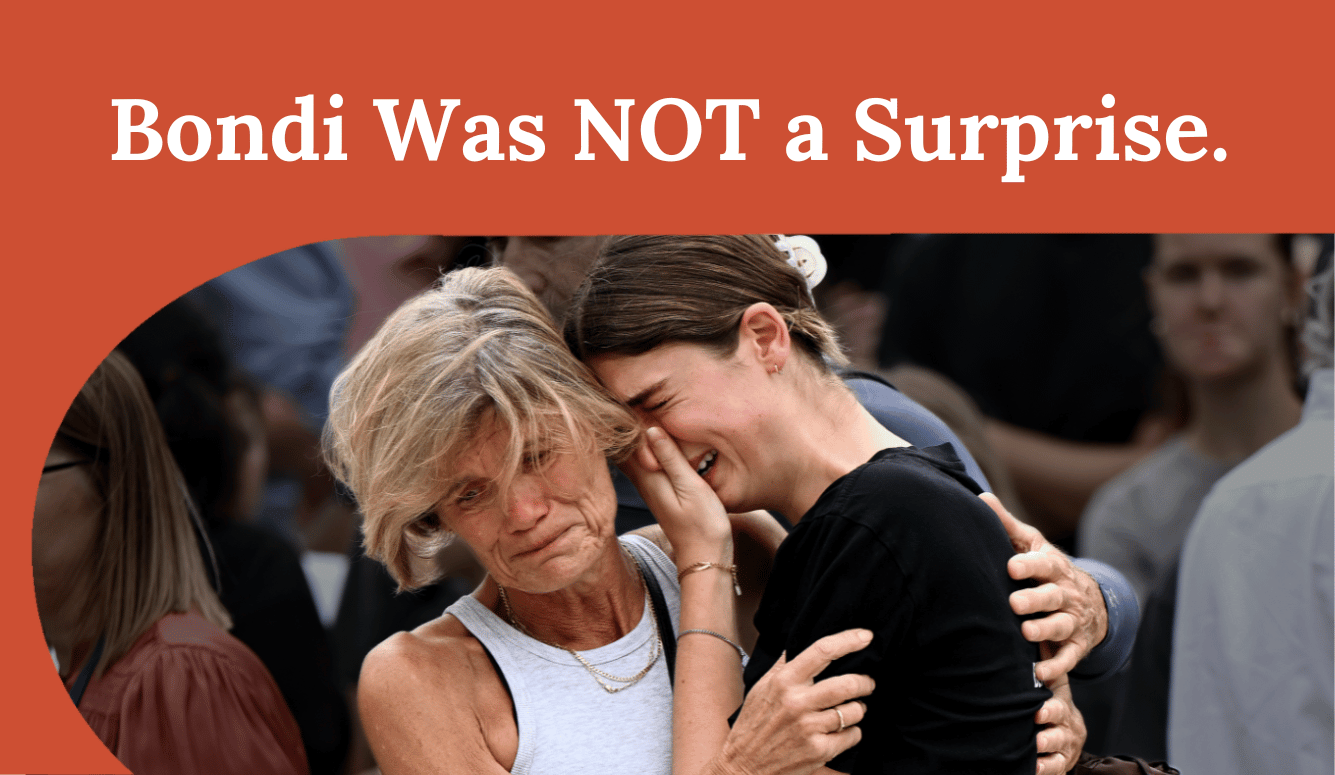Art and Culture
The Mediocrity Feedback Loop
If leading media critics don’t expect much, filmmakers won’t deliver much.
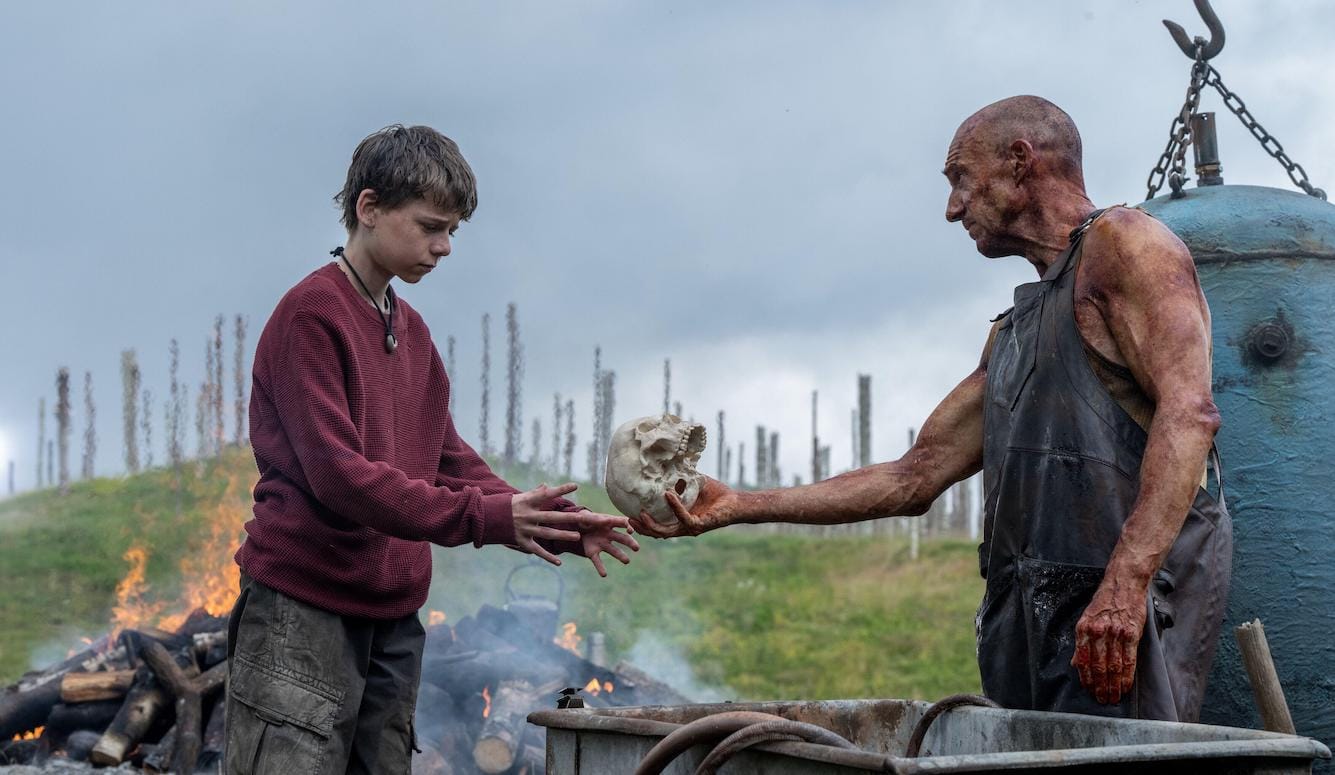
Note: the following review contains spoilers.
I went to see 28 Years Later because a headline in the Spectator World called it “the movie of the summer.” I had never seen either director Danny Boyle’s 2002 original, 28 Days Later, or the 2007 follow-up, 28 Weeks Later, directed by Juan Carlos Fresnadillo. In fact, I hadn’t seen a single Boyle film since his Best Picture-winner Slumdog Millionaire in 2008. But 28 Years Later has been a minor hit (US$100 million in gross revenues during the first two weeks on a US$60 million budget), and Alexander Larman, the Spectator World’s book editor, assured me:
It’s probably Danny Boyle’s most accomplished picture since 2007’s Sunshine, and shows the now 68 year-old director’s almost casual proficiency at building tension and horror, as well as more unexpected moments of tenderness and beauty.
What’s not to love about that? Other critics had also given the film rave reviews, heaping praise on Boyle and his screenwriter, Alex Garland, who had collaborated with him on the 2002 original. So, even though I am not really a zombie-movie buff, I took myself to the cinema to see what the fuss was all about.
28 Years Later opens in 2002 when a marauding gang of the “infected” launch a murderous attack on a small group of Scottish children as they watch the Teletubbies (a 1997–2001 BBC children’s series that became notorious in the US after Jerry Falwell accused one of the ’tubbies of being a “gay role model”). As those who have seen the two prequels will know, the infected aren’t really zombies because they are not reanimated corpses. They are living people transformed into carnivorous braindead predators by the release of a Rage virus at the start of the 2002 film, which is then passed on via bodily fluids. And unlike the lumbering, staggering zombies portrayed in, say, George Romero’s Night of the Living Dead (1968), the infected run after their prey and are possessed of superhuman strength.
One of the kids, a little blond boy named Jimmy (Rocco Haynes), manages to escape. He runs to his father (Sandy Bachelor), a priest at the local church who believes that the attack signals the arrival of Judgment Day. (Already Boyle’s film is unconvincing: how many clergymen in the ultra-progressive Church of England or the even more progressive Church of Scotland actually believe in the second coming of Christ?) Jimmy’s father gives his young son the silver cross he wears around his neck and tells him to flee before joyously submitting to his fate as the infected crash into the church.
We then flash-forward 28 years and find that Britain has been overrun by the highly aggressive and rapidly reproducing infected, who run around naked and live off enormous herds of CGI deer. A NATO quarantine enforced by armed patrols prevents the disease from escaping to the rest of Europe (as it briefly did in 28 Weeks Later). A tiny colony of uninfected survivors has fled to the island of Lindisfarne, which they have turned into a fortress off England’s northeast coast. This is a real place that, as in the movie, can only be reached on foot by a causeway at low tide. Lindisfarne was the home of monasteries during the Middle Ages, and its fictional residents are likewise unencumbered by electricity, electronics, or the internal-combustion engine. So, they lead an ale-guzzling medieval-cosplay lifestyle with accents of Old Blighty music hall (Tom Jones’s “Delilah” is belted out communally). A red-and-white St. George flag flies, and a vintage portrait of Queen Elizabeth II circa 1955 hangs on a wall.
If all this sounds like a heavy-handed parody of Brexit isolationism, Boyle has been keen to let us know that it is intended as such. In a June 2025 interview with Sky News, he said, “[H]orror is a wonderful genre because you can put transparencies against it, you can put COVID against it … you can put Brexit against it as well, and you read things into it like that and it’s deliciously flexible.” To hammer home the motifs of isolationism and defensiveness, Boyle repeatedly employs annoying flash clips of newsreel footage from the D-Day invasion and the Agincourt episode in Henry V (the hyper-patriotic 1944 Laurence Olivier version, not the 1989 Kenneth Branagh version), along with a vintage 1915 recording by Taylor Holmes of Rudyard Kipling’s slog-of-war poem “Boots.”
I don’t expect every fictional look at survivor life to be another Robinson Crusoe, with detailed explanations of how the lucky few improvise pots and pans and farm implements. Still, a little attention to the day-to-day practicalities of post-apocalyptic existence on a North Sea island would have helped to make the 28 Years Later universe more plausible. Where, for example, do the inhabitants get their newish-looking clothes after these 28 years of wear and tear? Is there a Marks & Spencer on the mainland for them to raid? And how are they able to spend so much time drinking? Don’t they have farming to attend to or a self-sufficient island economy to run?
In keeping with the medieval atmosphere, the community’s sole weapons (besides an impressive catapult) are bows and arrows, presumably because the fleeing survivors couldn’t get hold of firearms thanks to Britain’s draconian gun laws. The bow and arrow is effective in many ways in archaic warfare, but as we find out during the movie, it’s not the best way to defend against large numbers of supernaturally strong creatures who are chasing you at speeds faster than you can run. Furthermore, the crosses in the islanders’ graveyard consist of crudely nailed-together slats, which implies that the Lindisfarne survivors aren’t especially accomplished carpenters—so how have they managed to put together weapons that require high degrees of skilled craftsmanship? (Try making your own bow in your back yard.)

We then meet Jamie (Aaron Taylor-Johnson)—not Jimmy but a completely different character—who is planning to take his twelve-year-old son, Spike (Alfie Williams), over to the mainland to make his first infected kill, even though we are told that Spike is too young for this rite of passage. Off they go anyway, over the violent objections of Jamie’s wife and Spike’s mother, Isla (Jodie Comer), who spends her days confined to a bed by an unspecified illness. After Spike nails his catch (an obese bellycrawler that feeds on earthworms), he and his father head home. When Spike asks his father about a fire he spots in the distance, Jamie tells him to pay no attention.
The pair are then attacked by a group of infected and chased home. A raucous pub celebration of their exploits follows, during which Spike learns that his father is fooling around behind his sick mother’s back with the neighbour’s wife (Amy Cameron). Spike also learns that the man responsible for the fire on the mainland is a mysterious “Dr Kelson,” a rogue physician with a taste for burning corpses. Angered by his father’s infidelity, Spike rousts his mother out of bed to take her across the causeway to find Dr Kelson, in the hope that he can cure whatever is ailing her. Spike and Isla trudge about on the mainland, occasionally warding off infected attacks as Isla drifts in and out of delirium states.
They’re briefly joined by a young Swedish soldier named Erik (Edvin Ryding), who is the last surviving member of a NATO patrol unit recently wiped out by the infected. The trio encounter an abandoned bus, inside of which they find a female infected giving birth to a baby uninfected by the Rage virus. Erik shoots the mother dead with his army rifle, whereupon the infected father (Chi Lewis-Parry)—a generously endowed Alpha male—appears and pulls Erik’s head off his shoulders with the spinal cord still attached. Before he can do the same to Isla and Spike, they are rescued by the intervention of Dr Kelson (Ralph Fiennes), who knocks the infected man out with a morphine dart.
Shaven-headed with a naked torso smeared in iodine to repel the Rage virus, Kelson certainly looks alarming, but it soon becomes apparent that he is not the homicidal ogre that the fearful islanders gossip about. Hammed up with a plummy accent by Fiennes, he is like a benign version of Francis Ford Coppola’s crazy Colonel Kurtz, the Big Man among the natives. His forest premises consist of a conglomeration of columns constructed entirely from the bones of the infected, whose flesh Kelson incinerates in his own personal oven. The architectural centrepiece of this ghoulish redoubt is an obelisk of skulls—a “memento mori [remember you will die],” Kelson explains, since neither Isla nor Spike has ever seen a piece of Renaissance dance-of-death art. “Alas, poor Erik,” he murmurs as he contemplates the dead soldier’s skull, a reference that also goes over the heads of the islanders (it didn’t get a reaction from the theatre audience either).
Kelson examines Isla and concludes she has incurable cancer, so he euthanises her (“There are many kinds of death, and some are better than others,” he reassures her) and invites Spike to add her remains to one of his towers. So Spike climbs to the pinnacle of Kelson’s private Chichén Itzá and reverently places her skull there. “Memento amoris [remember love],” says Kelson. (Latin teachers will applaud this correct use of the genitive case.) Then Spike totes the uninfected infant his mother rescued back across the causeway to Lindisfarne and drops her off with a note. In a perfunctory coda, he is rescued from a mob of infected by a gang of human bandits led by Jimmy (Jack O’Connell), the blond child from the prologue who is now an adult wearing his father’s silver cross upside-down. All that remains is to await the sequel 28 Years Later: The Bone Temple, produced by Boyle and Garland but directed by Nia DaCosta, which is to be released in January 2026. Another sequel may follow that one.
As the credit-crawl began, I was bemused. This is the movie of the summer? Despite a host of tantalising themes—father–son tension, a shattered marriage, the mortality of a beloved parent—there’s hardly any narrative. The father and son never get their showdown so the matter of the infidelity remains unresolved. Isla, meanwhile, is a sickly and impassive creature who seizes a child she cannot care for and then embraces death with a gentle nudge from Kelson. I wanted to feel for young Spike—he’s just a kid, after all, in a situation not of his making—but why is he just sitting there dumbly while his mother is turned into another skull for Dr Death’s collection? Shouldn’t we see some small sign of anguish or hesitation on his part—or is 28 Years Later supposed to be propaganda for assisted suicide?
The film’s treatment of the newborn—which looks about three months old—is particularly ludicrous. I don’t know if the filmmakers used a real baby or if it was a CGI creation, but no attention is paid to how a child that young might actually behave under the circumstances or to the demands it would make of the adult caring for it. How and when was the umbilical cord cut? Where was it washed after birth? It ought to have been crying desperately for milk that Isla is unable to provide, but instead it sleeps peacefully while it is carted about like a doll amid gunfire and yelling. And what was it doing while Spike and Kelson were chatting about death and conducting their little skull-placing ceremony? Was it just left lying on the ground? The filmmakers don’t seem to be aware that an infant that age is a person with needs and interests, not just a thematic prop.
Even the horror elements don’t work especially well. Despite all the spraying blood captured by cinematographer Anthony Dod Mantle, I never felt the need to dive under my seat as I usually do during this kind of film. And there was never any need since a deus ex machina—Erik, Kelson, Jimmy, whoever—reliably arrives whenever Spike or his parents find themselves in peril. I did develop a sneaking fondness for Kelson (deranged quack that he obviously is), probably because he can quote Shakespeare, and Ralph Fiennes looks great in iodine paint. But overall, the picture is thin in every way that matters—dramatically anaemic, conceptually incoherent, and emotionally unrewarding.
So why did Alexander Larman—and a raft of other critics—swoon over this movie? Poring over the reviews, I found that many of them aren’t really about the movie itself, they are rambling disquisitions on Danny Boyles’s past directorial hits, zombie genre tropes, and the apparent cleverness of the allusions to contemporary British politics and culture. For instance, Esther Zuckerman devotes an article in Vanity Fair to explaining that the tracksuits worn by Jimmy and his gang in the film’s closing chapter are a reference to the signature day-wear of Jimmy Savile, a beloved British television presenter in life who was posthumously accused of committing multiple sex crimes against children. Perhaps, Zuckerman writes, “[t]he young Jimmy in 2002 would have known Savile as a strange but treasured entertainer,” so he decided to create a cult around him when he grew up.
Larman’s review in the Spectator World reports that those who “once thrilled to the adventures of hapless humans attempting to dodge the ravages of surprisingly fast-moving zombies have moved onto other genre fare, not least [the post-apocalyptic TV miniseries] The Last of Us.” But still: “[28 Years is] probably Danny Boyle’s most accomplished picture since 2007’s Sunshine” and “If you want a darkly pointed satire on Brexit and Covid, you’ve got it, but if you want unbearably tense, beautifully shot (on a converted iPhone, continuing the lo-fi digital look of the original) and Wagner-scored chase sequences, you’ve got that, too.” The “folk horror” of the opening scenes reminds Larman of “The Wicker Man and its ilk” and he admires Jodie Comer’s acting skills: “[S]uperb in a very difficult role,” he writes—which is true because her character is a drowsy cipher. As for the promised “tenderness and beauty” with which Larman tempted me into the cinema, he provides not a single example outside of the landscape.
Larman can at least write clearly and stay on point. The same can’t be said for Shirley Li’s feverish review in the Atlantic. Like Larman, Li is eager to pinpoint where 28 Years Later fits into the history of the zombie subgenre; her title is “A Stunning Reinvention of the Zombie Film.” To that end, she cycles through allusions to, explorations of, and her own feelings about 33 different zombie and zombie-adjacent films (if you count her linked listicles). Plus the Teletubbies, about which we get an entire paragraph. And that’s not even counting Night of the Living Dead or 28 Years Later’s two prequels also referenced by Li in a review of about 1,200 words. Once Li is done advertising her knowledge of zombie lore (“It’s thrilling to watch a new entry in a horror franchise veer completely off the rails of its chosen genre”), she doesn’t have much space left to assess the film. But she manages to cram it with word-jambalayas like this:
Spike is an avatar for the arrested development of an entire culture. He has no idea what the mainland looks like, what modern life entails, and what it feels like to be consumed by fear of something other than the infected—including the possibility that he can’t stop his mother’s suffering.
What is Li talking about? Spike is overwhelmed by his mother’s condition because he’s twelve years old. Adults have a hard time processing the illnesses and deaths of their parents, and for children, who expect their parents to be there for them forever, it’s almost impossible. The idea that this has something to do with the “arrested development of an entire culture” is preposterous. Besides which, Spike does eventually succeed in stopping his mother’s suffering by allowing Dr Kelson to turn her unto a bone heap.
At the Wall Street Journal, Ellen Gamerman also dwells on the film’s genre, but she decides that 28 Years Later is not really a zombie movie at all, it’s “a five-hankie movie about a boy grappling with his mom’s mortality.” Hollywood, Gamerman continues, “is embracing its archetype of the moment: the ‘boy Mom’” and so “[m]aternal themes pervade the movie.” She locates a parallel in Denis Villeneuve’s recent Dune pictures (2021 and 2024), in which the young Paul Atreides (Timothée Chalamet) takes his mother (Rebecca Ferguson) along on his hero quest. You need at least three instances for a trend, and Gamerman’s third example is Gladiator II (2024), where the relationship between the gladiator-protagonist Lucius (Paul Mescal) and his glamorous mother, Lucilla (Connie Nielsen), is a plot element, even though the combat-hardened, married-and-widowed Lucius can scarcely be called a boy. Still, I have to give Gamerman credit for managing to stuff 28 Years into the mould she has contrived: “[E]ven though his father loves him, Spike embraces his mother’s worldview. She makes him laugh and protects him even as she becomes an impossible burden to him.”
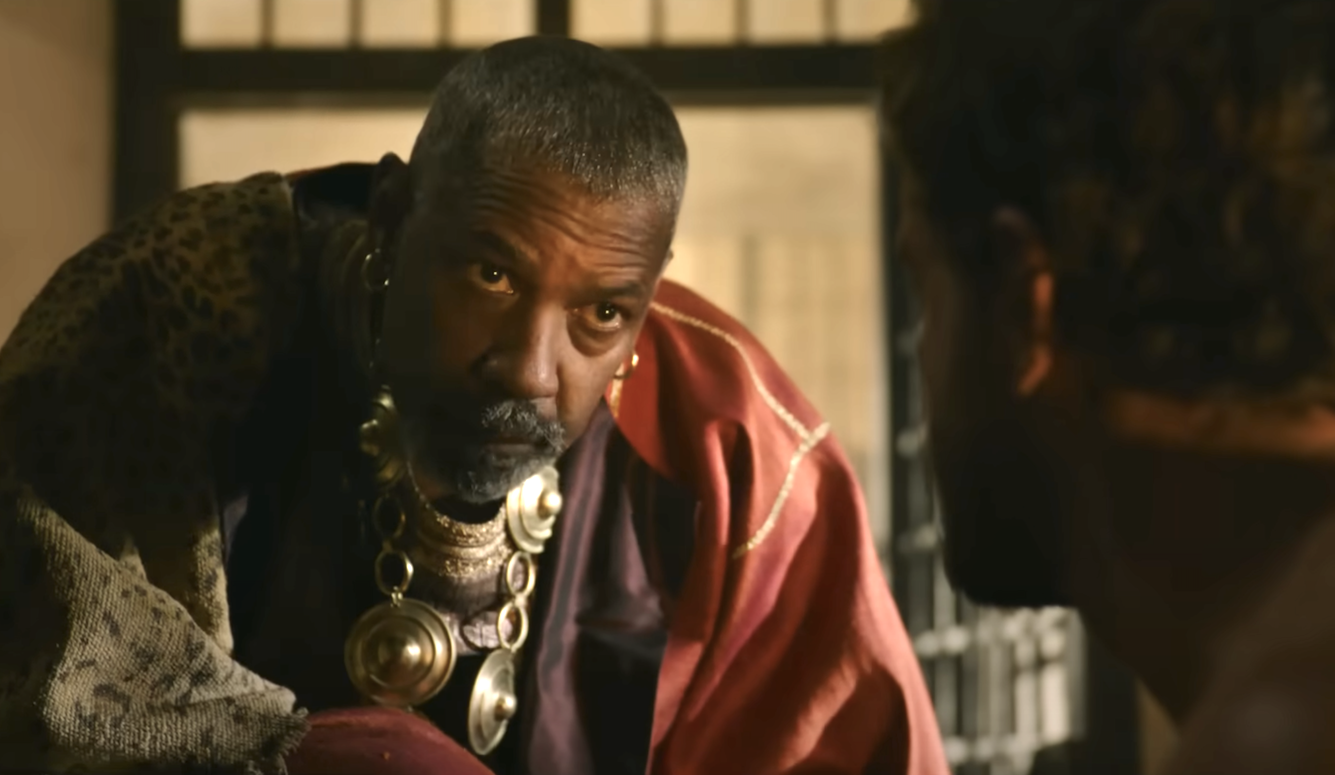
At the New Yorker, film critic Justin Chang praises Boyle’s film as a postmodern anti-Little Englander allegory and satire:
From start to finish, “28 Years Later” unleashes a cascade of allusions—an early nod to “Teletubbies” is somehow the most ominous—that give the film a quality of self-reflexivity, a clear understanding of what it is and where, in the motion-picture annals, it belongs. As Spike and Jamie walk across the causeway, Boyle boldly splices in black-and-white footage of young British soldiers marching off to battle during the Second World War, and Technicolor clips from Laurence Olivier’s “Henry V,” a film that was gratefully received, in 1944, by war-weary British audiences. [...]
Such mock-ennobling of the English warrior spirit gives the film’s Brexit subtext an extra-caustic bite....
The Telegraph’s film critic Robbie Collin—who deems 28 Years Later Boyle’s “finest film since 2008’s Slumdog Millionaire”—also takes a political-allegorical approach:
The original 28 Days Later—written, like this one, with a beady sociological eye by Alex Garland, noted the civil unrest that had started to fester as the optimism of the early Blair years began to fade. This follow-up doesn’t re-take the temperature of British society one generation on so much as vivisect its twitching remains. ...
It isn’t “about” Brexit or Covid or anything else so crudely specific: rather, it’s a phantasmagorical vision of a deeply familiar, vulnerable, beautiful nation that has become intent on simultaneously turning in on and against itself.
Like Larman—and Li and Gamerman and Chang—Collins likes to talk about the other movies he has seen. You may not have heard of Michael Powell and Emeric Pressburger’s A Canterbury Tale (1944)—Collins inserts a little pun here—or Ruggero Deodato’s Cannibal Holocaust (1980), or the video game Warhammer 40,000, but Collins has, and he wants you to know it.
The problem with these ostentatious displays of cinema literacy is that film criticism isn’t supposed to be a college-level course in the history of visual media. It’s not supposed to be a hunt for allegories or allusions or in-jokes either. And it’s not supposed to be an opportunity to rate the film versus other films of its ilk, or to fasten on the director’s technical bag of tricks, or to demonstrate the critic’s own cleverness or knowingness or hipness to postmodernity. Film criticism is supposed to engage with the film at hand. And films stand or fall on their capacity to tell a good story, and to create and reveal the elements that make a story: narrative tension, dramatic irony, moral dilemmas, complex characters who develop and change or who are revealed as tragically or comically unable to do so. But 28 Years Later has no story and all its characters exist in two dimensions. Boyle’s film is just a series of garish spectacles, and the allegorical allusions to COVID and Brexit that excited so many of the film’s reviewers offer the appearance of thematic depth and importance but they provide nothing of dramatic substance.
Watching Boyle’s mediocre film and then leafing through the critical adulation it received, I began to wonder if a negative feedback loop is responsible for the decline of cinema and criticism alike. When leading media critics, carried away by their own wit or self-importance, don’t expect much from art, artists won’t deliver much. And if critics indicate that what interests them is self-reflexive genre commentary or the political treatment of race or gender or Brexit or whatever, filmmakers will start to write screenplays with this stuff in mind and harp on it in promotional interviews. And somewhere along the way, the responsibility to tell moving and engrossing stories about interesting people gets forgotten.
It doesn’t help that we live in a culture that has so systematically erased its own civilisational history that almost no one recognises one of the most famous lines in Hamlet. When Kelson intones, “Every skull is a set of thoughts; ... These sockets saw, and these jaws swallowed,” we are invited to believe that we’ve just been exposed to some kind of insight about our mortality. In fact, 28 Years Later is just a celebration of death, whether it’s Isla’s euthanasia or the murders of and by the omnipresent infected. The film is its own Bone Temple. And when the sequel emerges—just six months from now!—we can expect to see more of the same, along with Spike, Dr Kelson, Jimmy in his tracksuit, and the pendulous Alpha Dad (when he awakens from his morphine doze). I only ask that when the baby grows up and reappears as an adult in future instalments, she doesn’t turn out to be one of those obnoxious, omnicompetent girlboss warriors who infest every fantasy movie made nowadays.
CORRECTION: The character of Lucius in Gladiator II is played by Paul Mescal not Pedro Pascal. Quillette regrets the error.


